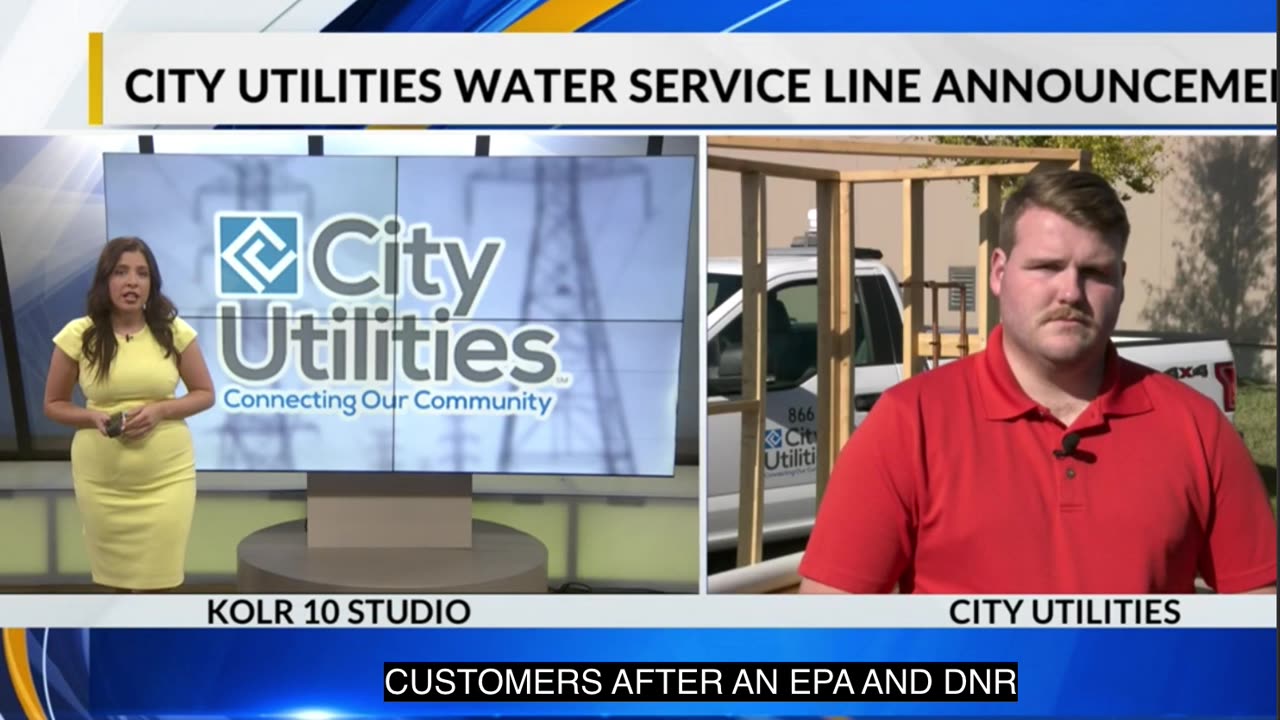Premium Only Content

LEAD WATER PIPES √
EPA regulations. For those who wish to check their water pipes.
( Basic instructions, below. )
new regulations from the Environmental Protection Agency aimed at protecting you from the dangers of lead. These regulations require water utilities across the country to identify the piping material of all water service lines, including both the utility-owned and the customer-owned portions. The purpose is to identify any lead or galvanized service lines as those materials, under some conditions, have the potential to release lead into the water passing through them.
1. Find where your water line enters your home.
There is likely a shut-off valve there, yet may be located elsewhere.
If unsure, follow a the straightest line from you water meter to your house. Then you look for any outside pipe OR you look inside interior spaces / walls (basement, crawl space, garage, etc.)
NO NEED TO SHUT OFF WATER.
2. Look for any transitions, like metal pipe joined to hose, etc.
You're looking only for ANY and ALL metal piping.
PVC is considered safe. (ANCCR dissuades drinking tap water!)
Use a strong magnet to test metal. If it sticks, it is galvanized steel.
Will NOT stick to copper or LEAD. Brass is slightly magnetic.
3. Use a coin to scratch the same spot.
If lead, it will reveal a shiny silver color and is easy to scratch.
If copper or brass, it will show a reddish to golden color.
4. If unsure about underground pipes, call utility company.
📎
This is not Springfield CU
https://www.youtube.com/watch?v=ijXHh0vY1ag
The purpose of the regulation is to identify any lead or galvanized service lines as those materials, under some conditions, have the potential to release lead into the water passing through them.
-
 2:01
2:01
🌿ANCCR🕊️
21 days agoProinsulin C-peptide
891 -
 1:19:48
1:19:48
Simply Bitcoin
12 hours ago $8.03 earnedJerome Powells MASSIVE Bitcoin Backflip! | EP 1172
70.9K5 -
 58:42
58:42
The StoneZONE with Roger Stone
4 hours agoLBJ + CIA + Mob + Texas Oil = JFK Murder | The StoneZONE w/ Roger Stone
52.4K27 -
 58:00
58:00
Donald Trump Jr.
12 hours agoBreaking News on Deadly Plane Crash, Plus Hearing on the Hill, Live with Rep Cory Mills & Sen Marsha Blackburn | TRIGGERED Ep.212
184K135 -
 52:03
52:03
Kimberly Guilfoyle
10 hours agoLatest Updates on Deadly Air Collision, Plus Major Hearings on Capitol Hill,Live with Marc Beckman & Steve Friend | Ep.192
104K37 -
 1:17:16
1:17:16
Josh Pate's College Football Show
8 hours ago $1.59 earnedMichigan vs NCAA | ESPN’s ACC Deal | Season Grades: UGA & Miami | Notre Dame Losses
43.6K2 -
 1:26:50
1:26:50
Redacted News
8 hours agoWhat happened? Trump DESTROYS the Pete Buttigieg run FAA for tragic airline crash | Redacted News
230K188 -
 LIVE
LIVE
VOPUSARADIO
1 day agoPOLITI-SHOCK! Hero Angela Stanton King & Wrongfully Imprisoned J6 Prisoner Josh Pruitt!
50 watching -
 43:37
43:37
Candace Show Podcast
8 hours agoThe Taylor Swift Plot Thickens | Candace Ep 142
149K131 -
 1:37:33
1:37:33
Common Threads
6 hours agoLIVE DEBATE: Trump's Wild Handling of Plane Tragedy
29.1K8